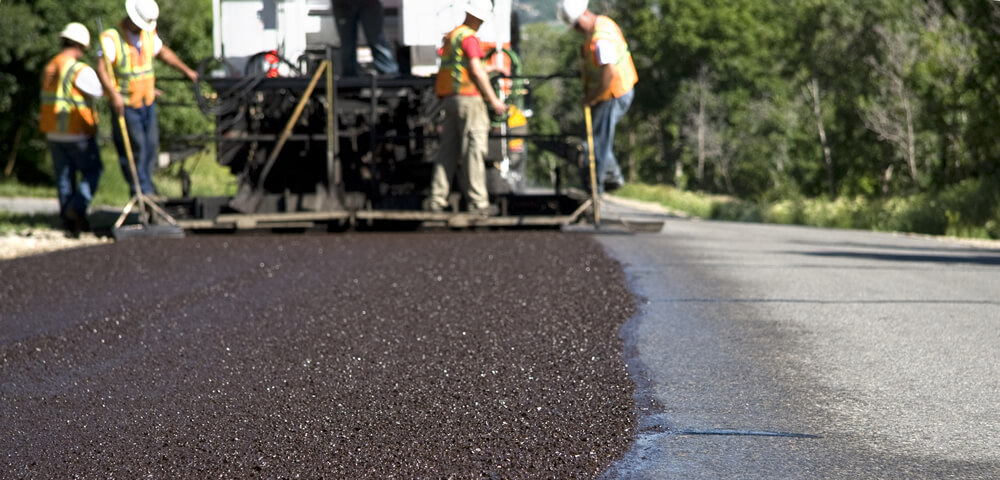
Cold asphalt micro-coating is a modern technology developed and established in European countries and the United States, starting in the 1990s, being used to protect, waterproof, and superficial and aesthetic rejuvenation of asphalt pavements that are beginning to wear out due to the action of traffic. White Group provides asphalt micro coating services to Winnipeg and surrounding area clients working with various budgets.
Used for the rehabilitation of asphalt paving Winnipeg that has undergone some damage, the asphalt micro-coating is a bituminous coating that receives polymers with different thicknesses. The micro coating is ideal for highways due to its characteristics and the ability to reduce skidding along the road. Cold micro-coating technology has usually been adopted in micro-resurfacing services on the concessioner highways and in full implementation on federal, state, urban and airport highways.
What is asphalt micro-coating?
The asphalt micro-coating is a type of coating that is applied cold, without the need to heat the bituminous binder. This binder is a compound of cement and asphalt emulsion derived from petroleum. To this binder is added aggregate, water, additives and elastomeric polymers, rubber or petroleum products. They are elastomeric polymers with rapid rupture and developed for application in fluid consistency using specialized equipment.
Composition of asphalt micro-coating
Asphalt Emulsion: (RC1C- E)
The asphalt emulsion used is of the cationic type modified by elastomeric polymers (SBS, SBR) with cold asphalt micro-coating, controlled rapid rupture, cohesion and fast curing (in the sun).
Aggregates:
Micro-coating aggregates must present technological characteristics by the technical specifications designed for the service to be performed. The quality of these materials is fundamental to the service’s durability, specifying the granulometric bands to be adopted for the type of layer in the specifications.
The mixtures’ granulometric dimensions (mixtures) of aggregates are usually referred to as a mixture of aggregates 0 / 4mm, 0 / 6mm, 0 / 9mm and 0 / 12mm. In the composition of these strokes, 100% crushed aggregates are used types: stone powder (4mm), coarse stone powder (6mm), gravel (9.5mm) and 1/2″ gravel (12mm).
Filler:
The fillers generally incorporated into the aggregate mix have a reactive character (e.g., Portland cement, hydrated lime, etc.) to promote the fluid asphalt mixture’s thixotropic process. They are also (the active fillers) called solid additives. They present reactions of acceleration or delay of rupture and cure of the asphalt emulsion within the asphalt mortar (micro-coating), depending on the mineralogical nature of the aggregate used.
Liquid Additive:
Liquid additives, when necessary, must be incorporated into the asphalt mixture during the machining act to adjust the times required for mixing, spreading and breaking the emulsion within the micro-coated mortar (accelerate or delay).
The aggregates’ mineralogical characteristics indicate, already in the design of the mixture, the need for the use of these materials, or even, if necessary, their addition at the time of application (climatic condition of high temperature/heat).
Water:
The water to be used in the machining of the asphalt mixture, whose content is variable, depending on the aggregates’ moisture conditions to provide the fluid consistency suitable for the application (spreading) of the micro-coating, must be clean, free of organic materials or clay in suspension. Free of dissolved mineral salts or treatment chemicals.
Do you have any questions about this article? Click here to contact us today.
Leave a Reply